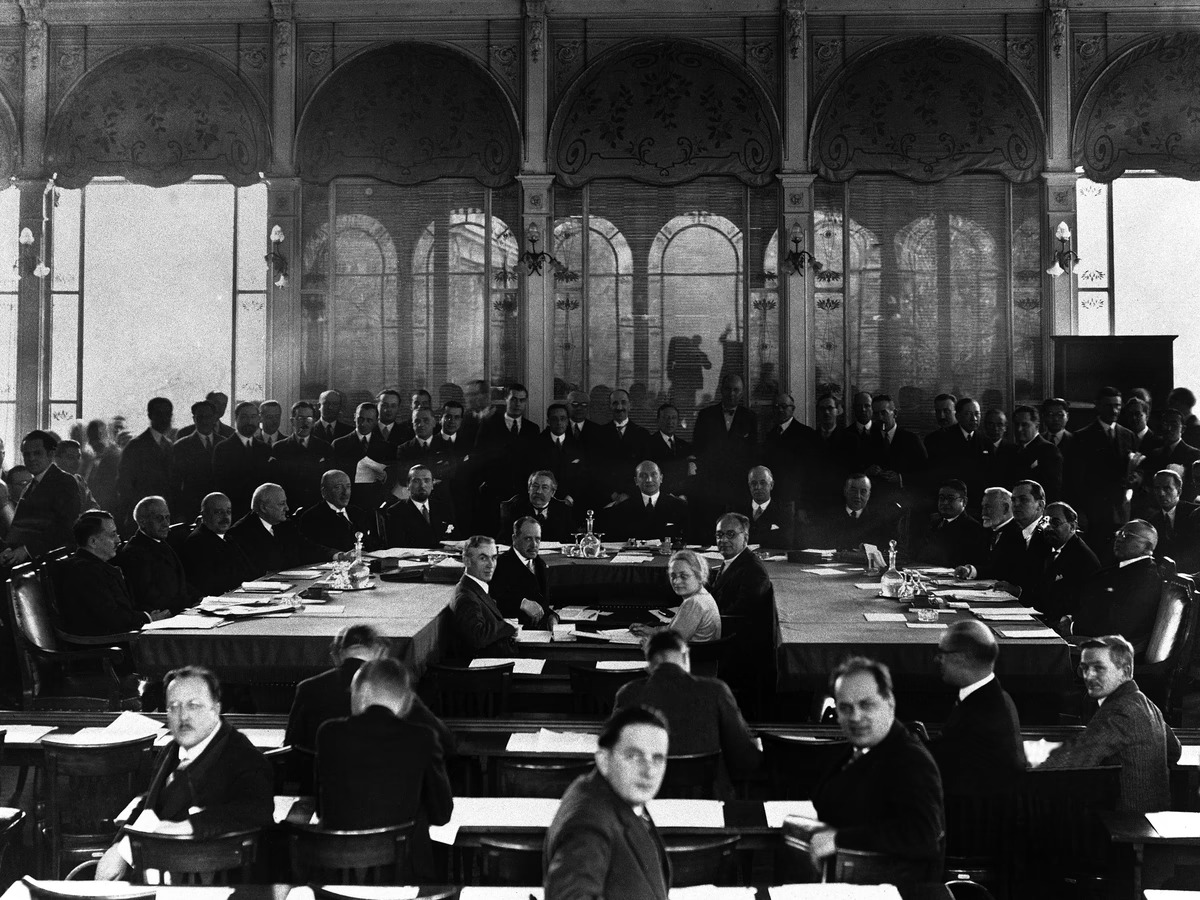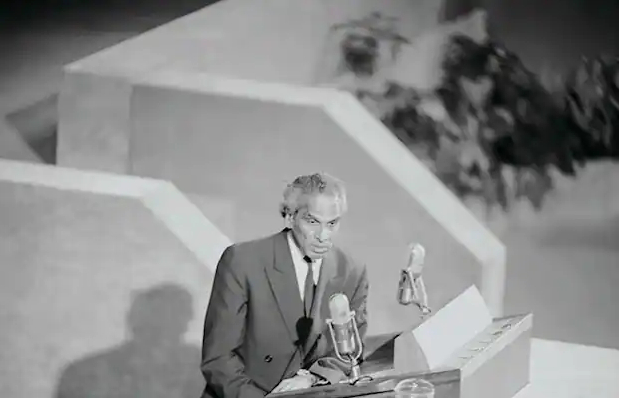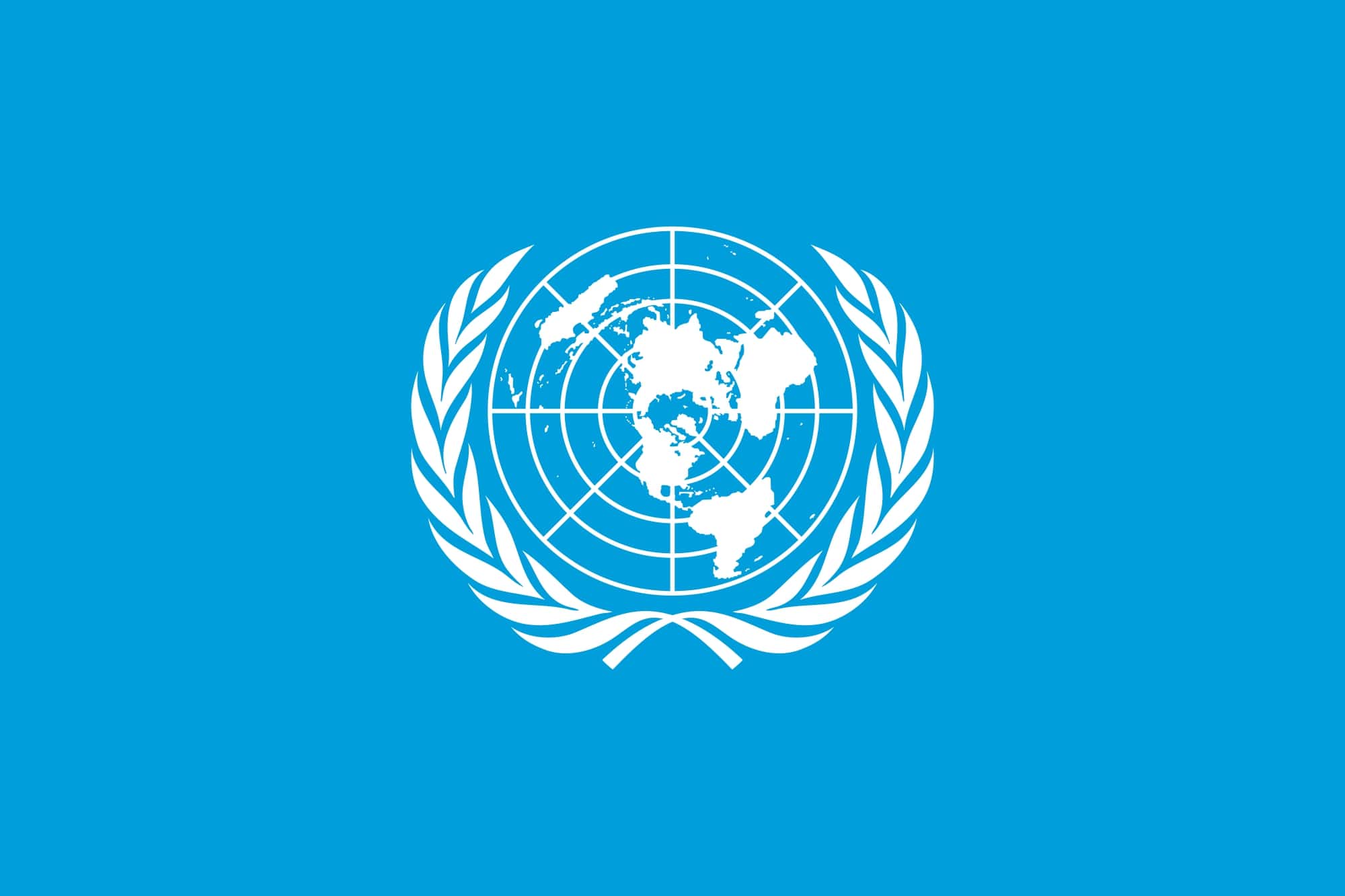After World War II ended in 1945, nations and millions of people around the globe were left suffering from the effects of serious destruction. After years of war, there was no guarantee that such devastating conflicts would not happen again which was one of the reasons why the United Nations (UN) was created. The organization’s major goals include calming geopolitical tensions, advancing human rights, and lessening the likelihood of future major conflicts.
Today, it includes 193 Member States although initially there were only 51. Every UN member state holds one seat in the General Assembly.
What is the United Nations?
The UN is a global non-profit organization founded to foster political, social and economic collaboration between all of its members.
The organization’s central aims include:
- Fostering friendly ties between UN members
- Achieving global economic, social, and humanitarian solidarity
- Upholding and defending human rights
- Acting as a hub where nations can operate toward achieving various goals.
The UN’s headquarters are in the city of New York in the USA.
While these facts are widely known, there are other facts about the United Nations that might catch your attention.
15 interesting facts about the United Nations
#1. Prior to the establishment of the UN, another organization, the League of Nations, had been attempting to preserve world peace since 1920 but was unsuccessful in achieving this key goal and therefore ceased operations after two decades.
The United Nations was established on October 24, 1945, and annually this day honors the United Nations’ formal founding and is known as United Nations Day.
Signed in San Francisco on June 26, 1945, shortly after the UN Conference on International Organization came to an end, the UN Charter is considered to be the cornerstone document of the United Nations. The objectives and principles outlined in the UN charter have served as the organization’s compass ever since it came into force.

#2. The UN runs 12 peacekeeping missions today, with over 90,000 people employed and 125 nations providing soldiers, police, and civilian workers.
Top 10 contributors of evaluated funding to UN peacekeeping missions in 2024–2025:
#3. The UN’s annual budget has increased over the years. For 2024, it was $3.59 billion having been approved on December 24 by the General Assembly.
For 2025, the General Assembly approved an increased budget that totaled $3.72 billion. Furthermore, a new program has been approved that aims to assist landlocked developing nations.
#4. For the most part, the budget is destined for various UN programs in those areas considered to be the most important. These include:
- Public information
- Human rights and humanitarian affairs
- Regional cooperation for development
- International justice and law
However, the organization also maintains a separate budget for peacekeeping missions which in 2024-2025 was $5.9 billion.
#5. The United Nations receives 22% of its regular operating budget from the United States, with China coming second. The US is the only developed nation in the world with a restriction on its payments to the UN regular budget, having managed to retain a 22% maximum during the latest discussions.
#6. The United States – the largest contributor to the UN’s regular budget – has provided about $3 billion a year for peacekeeping missions and specialized organizations.
For peacekeeping in 2025, the U.S. will pay 26.15% percent of all UN peacekeeping costs compared to the current 27%. China’s rate for 2025 is 23.78%.
#7. In just one day, April 22, 2016, a record number of 174 nations signed the Paris Agreement, a global pact facilitated by the UN, through which members agreed to tackle climate change.
#8. The Guinness World Records reveals that V.K. Krishna Menon, an Indian academic and politician, holds the record for the UN’s longest speech – 8 hours – given on January 23 and 24, 1957, when he addressed the Security Council three times, arguing in favor of India’s stance on Kashmir.

#9. The UN’s main office is at 750 First Avenue in New York City. Obtained by businessman and philanthropist, John D. Rockefeller Jr, the land on which the building is sited is referred to as ‘extraterritoriality’ meaning that it is free from the application of local laws.
#10. The UN is an Oscar winner with its short film, “First Steps”, being awarded Best Documentary Short Subject in 1947.
#11. “The Glass Wall”, released in 1953, and “The Interpreter”, released in 2005, are two movies that were actually filmed within the walls of the UN building.

#12. The Vatican is an observer and not a full member of the UN.
#13. Indonesia is the only country that decided to quit the UN, doing so in 1965 due to a dispute with Malaysia, although it rejoined the UN a year later year.
Resuming his position as President, on February 2025, Donald Trump issued an executive order withdrawing the United States from the U.N. Human Rights Council.
#14. United Nations agencies, initiatives, and members of staff, have been awarded 12 Nobel Peace Prizes.
#15. The organization uses six official languages for its sessions and publications: Arabic, Chinese, English, French, Russian, and Spanish. Over 120 language specialists work in the UN to cover all its official languages.
#16. There are currently 37 programs and agencies within the UN System, each having its own area of expertise, mandate, management structure, and budget. For example, the United Nations International Children’s Emergency Fund (UNICEF) concentrates on ensuring that children are treated fairly and that their rights are protected on a global scale while around 115.5 million people in 84 countries are served by the World Food Programme (WFP).
#17. Since 1946, the official emblem of the UN has remained unchanged. The logo was developed in 1945 and formally adopted the following year.
Its official explanation describes it as “a map of the world representing an azimuthal equidistant projection centered on the North Pole, inscribed in a wreath consisting of crossed conventionalized branches of the olive tree […] The projection of the map extends to 60 degrees south latitude, and includes five concentric circles”.
#18. The US architect Oliver Lincoln Lundquist came up with the idea of the logo and decided to use the color blue since this represents peace and is the opposite of red, the hue of war.

#19. The UN General Assembly developed the original Universal Definition of Human Rights in 1948 and subsequently translated this into over 500 languages.
To ensure it was fully comprehensive, various experts contributed to its drafting. It outlines the essential human rights that must be upheld and condemns activities such as racism, enslavement, and detention without charge or trial.
#20. Did you know that there are five permanent U.N. members? These are the United States, Russia, France, the United Kingdom, and China, and just one single permanent member’s vote is all that is needed to veto a new state’s bid for entry into the UN.
Final word
The UN is a forum for international cooperation where all states can speak with one voice. Through its numerous programs and organizations, the UN attempts to eradicate poverty, help children and refugees, tackle climate change, ensure equal rights, and bring peace to the world. Although the organization still has a long way to go to achieve these major goals, it is to be hoped that step by step it will get closer.

